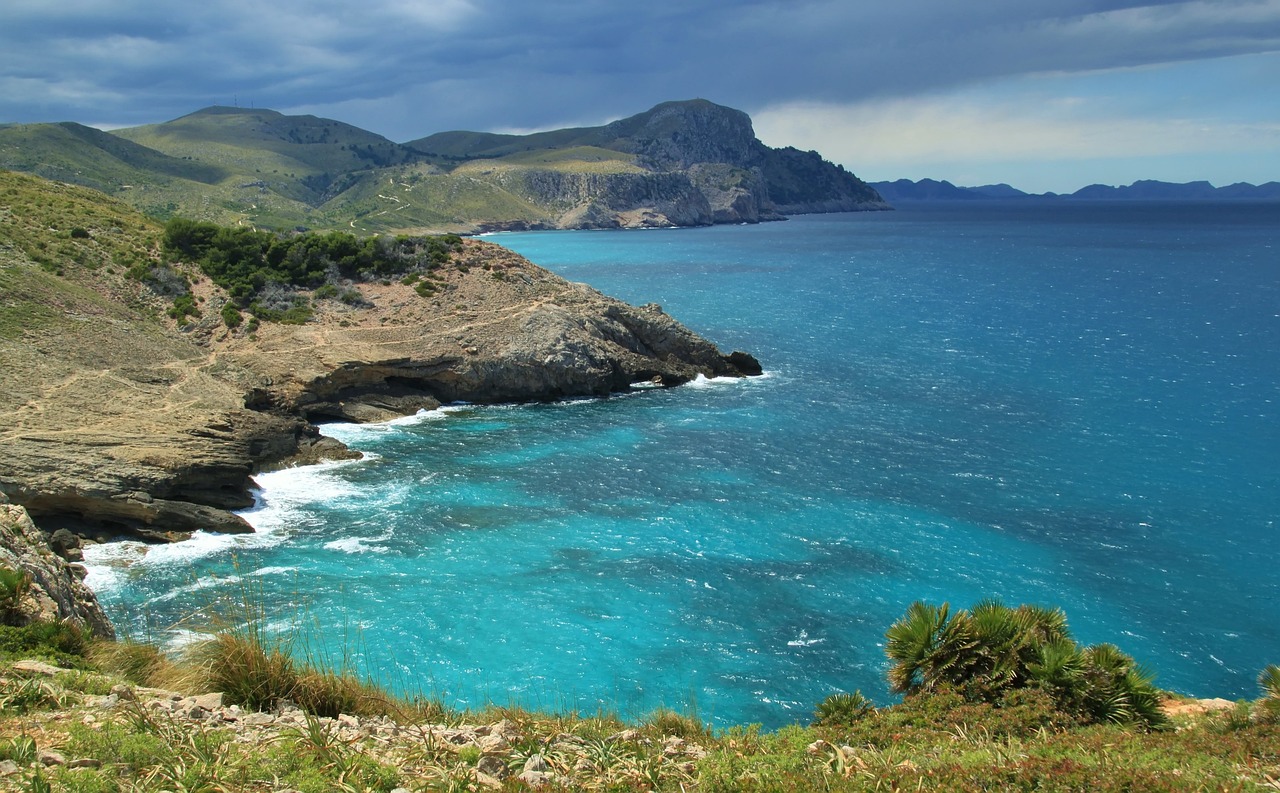In this study, a biophysical and trophodynamic environmental accounting model is developed to assess the value of natural capital in marine protected areas. The natural capital assessment model is based on three main stages: 1) trophodynamic analysis, providing an estimate of the primary productivity used to support the benthic food web within the study area. 2) biophysical accounting, providing an estimate of the biophysical value of natural capital through emergy accounting, thus allowing managers and policy makers to consider the importance of marine goods and services. And 3) monetary conversion, expressing the biophysical value of natural capital in monetary units.
This conversion does not change the biophysical function of the assessment, but instead has the merit of allowing easier and more effective communication of the ecological value of natural capital in socio-economic contexts. The model allows the biophysical value of natural capital to be taken into account based on the principle that the greater the investment of nature in the generation of capital, the greater its value.
The trophodynamic characterisation of benthic habitats and the assessment of environmental flows that support the generation of natural capital stocks are complex due to the openness of marine ecosystems. For these reasons, the application of the proposed model requires extensive survey and sampling campaigns for data acquisition, processing and analysis.

- Pixabay.com
Assessing the value of natural capital in marine protected areas: A biophysical and trophodynamic environmental accounting model
Main author
Year
Labels
- natural capital accounting
- marine protected area

